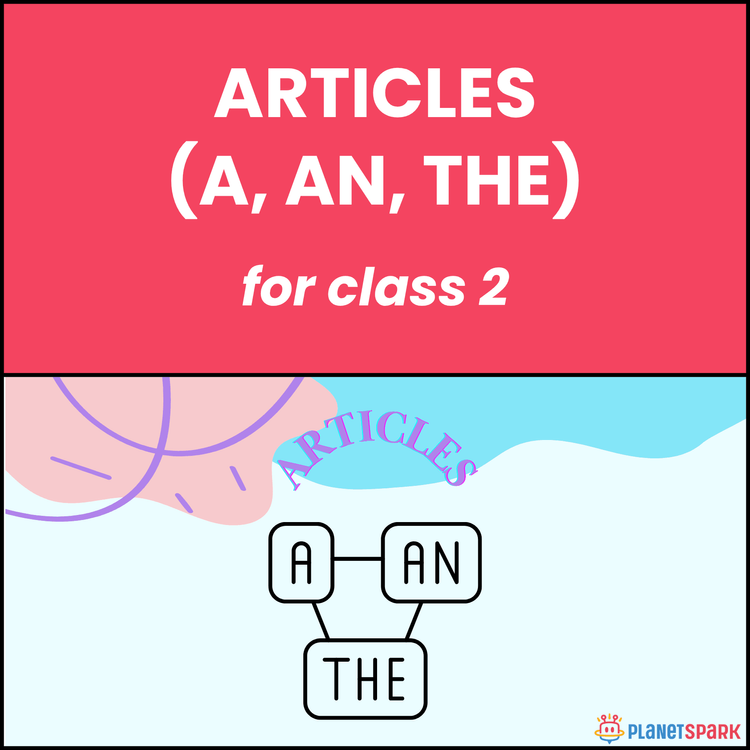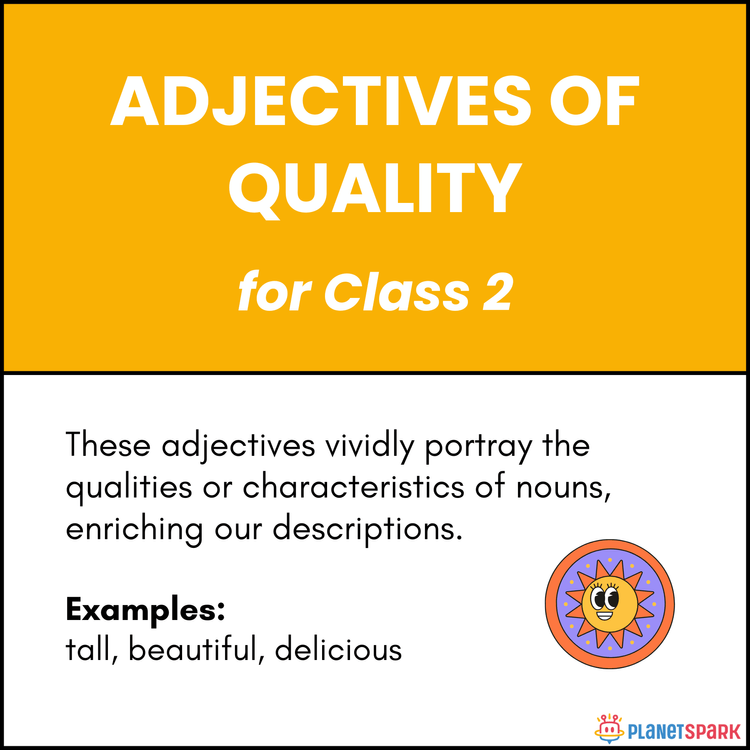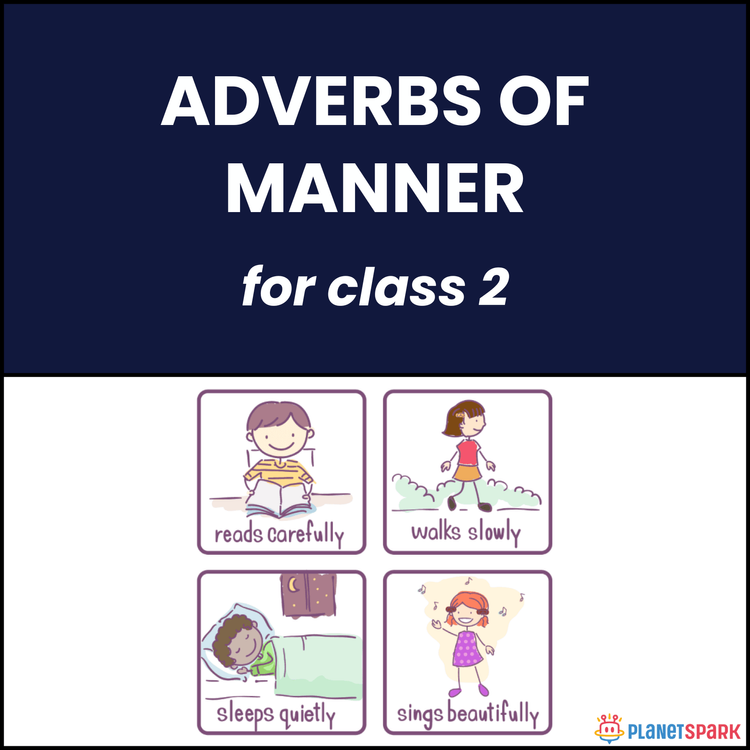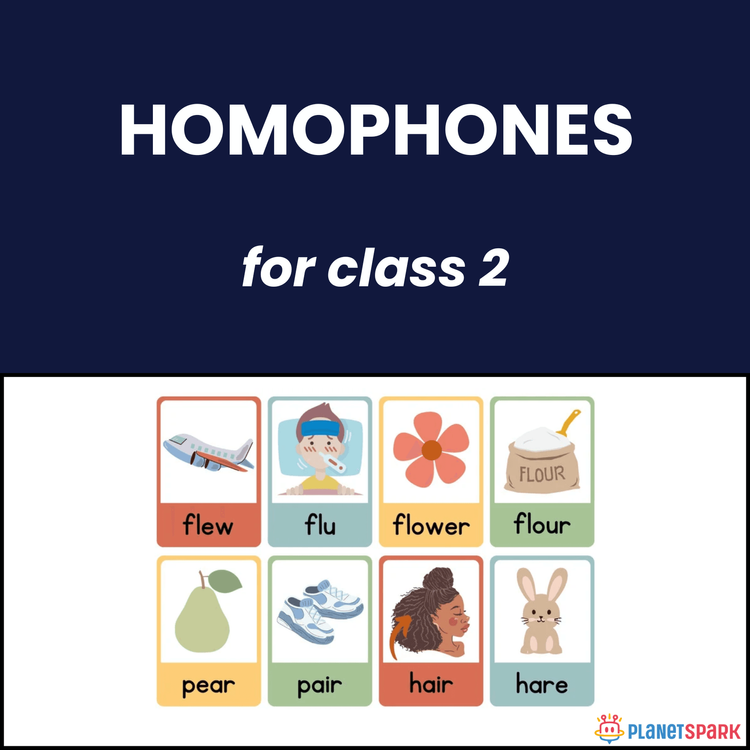Class 2 Worksheet on Adjectives of Size and Color
Class 2EnglishEnglish GrammarFree DownloadPDF
Mariya AliVisit Profile
I’m a passionate educator and communication coach. I specialize in Public Speaking, Creative Writing, Spoken English, and Child Pedagogy. Having worked with learners across age groups and backgrounds, I take pride in helping students and professionals become confident, expressive, and impactful communicators.
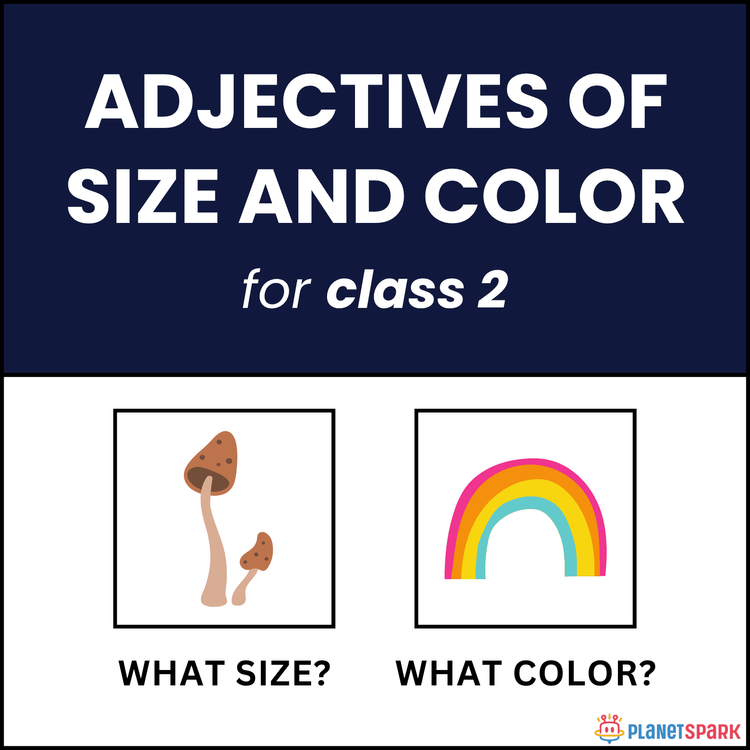

Class 2 Worksheet on Adjectives of Size and Color
Class 2EnglishEnglish GrammarFree DownloadPDF
Mariya AliVisit Profile
I’m a passionate educator and communication coach. I specialize in Public Speaking, Creative Writing, Spoken English, and Child Pedagogy. Having worked with learners across age groups and backgrounds, I take pride in helping students and professionals become confident, expressive, and impactful communicators.
Bright and Big: Grammar Worksheet on “Adjectives of Size and Colour” for Grade 2
This Grade 2 grammar worksheet helps children learn how to describe objects by their *size* (big, small, tall, tiny) and *colour* (red, yellow, blue, green, purple). With lively examples and simple activities, students develop the ability to make their sentences more expressive and meaningful.
Why Learning Adjectives of Size and Colour Matters in Grammar?
1. They help children describe objects and people in detail.
2. They make language more creative and descriptive.
3. They strengthen observation skills and visual vocabulary.
4. They improve both writing and speaking fluency.
What’s Inside This Worksheet?
🧠 Exercise 1 – Multiple Choice Questions
Students choose the correct adjective for each sentence, e.g., *Riya wore a red dress* or *The puppy is small.*
✏️ Exercise 2 – Fill in the Blanks
Learners pick suitable adjectives (from given pairs like *red/tall, big/clever*) to complete short sentences meaningfully.
📋 Exercise 3 – Match the Following
Students match sentences to the correct adjectives from a pool of words such as *red, big, tall, yellow, soft,* and *green.*
📝 Exercise 4 – Underline the Adjectives
Students read sentences like *The tiny elephant walked in the jungle* and underline the adjectives of size or colour.
📖 Exercise 5 – Paragraph Writing
A descriptive paragraph about *a day at the park*, where learners fill in blanks with appropriate adjectives of size and colour to create a complete story.
✅ Answer Key (For Parents & Educators)
Exercise 1 –
1. c) red 2. b) blue 3. b) small 4. a) big 5. b) tall 6. a) long 7. a) yellow 8. b) high 9. b) tall 10. c) long
Exercise 2 –
1. green 2. red 3. blue 4. soft 5. yellow 6. sharp 7. small 8. big 9. green 10. high
Exercise 3 –
1. red 2. sharp 3. yellow 4. big 5. blue 6. tall 7. high 8. small 9. long 10. green
Exercise 4 –
Adjectives underlined: tiny, big, hard, blue, ripe, tall, yellow, small, purple.
Exercise 5 – Sample Paragraph Answers:
many, big, yellow, small, red, soft, brown, playful, pink, wooden, blue, small, red.
Help your child describe the world with confidence through fun, hands-on grammar practice on adjectives of size and colour!
🔖Book a free trial!
Frequently Asked Questions
Adjectives of size describe how big or small something is, like tall, short, big, or tiny.
They help kids compare objects, improve sentence building, and make writing more descriptive.
By using daily objects like toys or fruits and asking kids to describe them as big, small, tall, or short.
